An amazing and extraordinary event took place on Monday 15 March 2021 when our Pongola Game Reserve elephants walked up to the top of the highest crest of the Ubombo Mountains spending all day in full view of the Myeni community at Mavela and Wildlife Spirit. On a clear day, from this elevated position, one can see the coastal dunes of Maputaland and the hills of Nongoma, the Heart of Zululand. The...
Drought
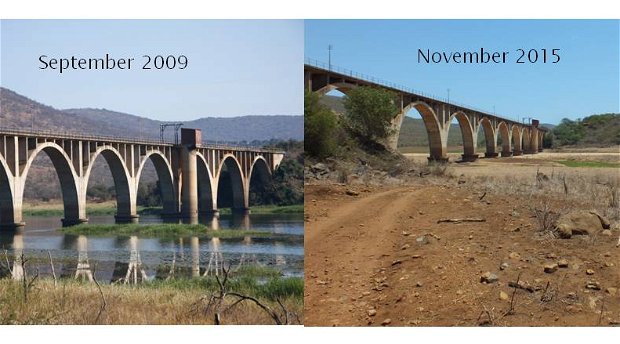
An Overview
The KwaZulu-Natal Cabinet has declared the uMkhanyakude District Municipality an emergency disaster area as the drought continues to ravage the country. Areas such as Mtubatuba, Hluhluwe, Umhlabuyalingana, Jozini and Hlabisa have especially been affected by the severe drought. At Hluhluwe, the dam is extremely low at 22 percent. Prior to the drought, the normal raw water flow at Hluhluwe Phase 1 was averaging to 280 cubic metres per hour. This has since dropped to 90 cubic metres. With so many rural communities affected, the KZN Government through the Department of Cooperatives Governance and Traditional Affairs has brought the Umngeni Water Board on board. A contractor has also been hired to drill wells at the Umfolozi river bed which will help increase the daily supply from 1.8 to 10ML. (Africa News Agency)
The KwaZulu-Natal Cooperative Governance and Traditional Affairs Department has warned that despite the recent rainfall, which has been pouring in the province for the past few weeks, the prolonged drought remains severe.
MEC for Cooperative Governance and Traditional Affairs, Nomusa Dube-Ncube, said the province would need weeks and weeks of sustained rainfall to refill its fast declining water reservoirs to return to water levels considered safe and sustainable. (SAnews.gov.za)
Closer to Home: The Pongolapoort Dam and the Pongola River
Rainfall measured at the Loose Mongoose Research Camp for the year 2015 was 313 mm. This falls 37 mm short of the previous years’ rainfall total and is the lowest rainfall recorded at the Camp since 2003. Other records for the PGR (1996 to 2011) show that 1996 was the year with the lowest rainfall with 332 mm. One needs to take into consideration though that rainfall differs from one region to another within the PGR and its surrounding areas.
With the continued drought conditions the wildlife has been moving into and frequenting areas where food sources have been more available due to more rainfall received in the past months.
From August 2015 onward animals started dying due to lack of forage availability resulting in malnutrition. Nyala, Warthog and Kudu were most affected by the drought. A short reprieve with some steady rainfall in December relivened the veld and its wildlife again for a few weeks. The weak and young animals died first and the aged who had made it through this bad period eventually died after the next and insufficient rainfall in January. No further significant rainfall has taken place to carry our wildlife through the oncoming dry winter season.
The Pongolapoort Dam is “flushed”on an annual basis around October every year, i.e. water is taken to supply communities and farmers east of the lake (see image 1). Normally rains replenish the dam, however with very little rain in 2015 this did not take place and the water levels decreased with no water being replenished via the Pongola River flowing into the Dam from the north/west. January/February 2016 brought in some water via the river but not sufficient to fill up the dam to its usual level.
Veld Conditions and Pongolapoort Dam & Pongola River status
The effects of the drought are best displayed per the images describing conditions ‘Before’ and ‘After the worst of the drought between last years and the present (see images 2 to 14).
Simultaneous to low rainfall are cloud-free skies and high temperatures. The effect of abnormally high temperatures is an increase in evapotranspiration as well as stress on plants whilst further depleting surface-water reserves through evaporation (SA Weather Service).
Animal that got stuck in the Mud
Buffalo often became trapped in the mud of the diminishing water line at Jozini Dam including their calves that consequently died of exposure after having been left by their herd. One occurrence of rhino getting stuck on the opposite banks of the river got stuck as well and had to be freed by heavy equipment and staff to rescue it.
Oasis
Describing the effects of the drought closer to home at White Elephant is from our lens as the research monitor of the PGR (H.Zitzer) and manager of White Elephant Lodge (B.Kaplan). Bonnie: “I saw the effects of the drought starting last winter 2015 with not enough rain from summer of 2015/2016. It was heart rending to see Warthog, Nyala and Kudu come into the grounds of the lodge for better food and water. The water for them is from our swimming pool and the available food is our grass, plants and trees. The warthog devour the lawns. The Nyala eat our plants, Jacaranda leaves and blossoms and these are not their natural food source.
Then September came and went with no rain. All of us at White Elephant waited and watched for clouds to bring rain but none came. The animals were clearly desperate and many started to die from hunger. We were sad, helpless and becoming less and less hopeful for rain. A few showers brought no relief until December just enough for the grass to begin to grow, and then thereafter no sign of rain again until early March and also just enough to keep the grass slightly green but not enough for the amount of growth needed to feed the elephants as well.
The Nyala, Warthog and Kudu moved off into the bush and we never saw them for a few weeks. But the lack of rain has brought them back to the Lodge again in search of better food and water from the swimming pool.
One exciting consequence has been sighting of leopard close to the Lodge; A female with two cubs who were born about 18 months ago. The cubs visit the Lodge, they might see the space as an easy area for hunting, but they might need the water from our swimming pool as well.
What now?
As a last resort we fed the Nyala inside the grounds of the Lodge. Because we are mindful of not interfering with the wildlife here at White Elephant, the decision to bring food in was not taken lightly. We may have to do so again this winter of 2016 if we don’t get some final showers for the summer/autumn.
We continue to hope.”
Warmest Regards
Bonnie Kaplan and Heike Zitzer
Further Reading
“The one who plants trees knowing that he will never sit in their shade, has at least started to understand the meaning of life” - Rabindranath Tagore


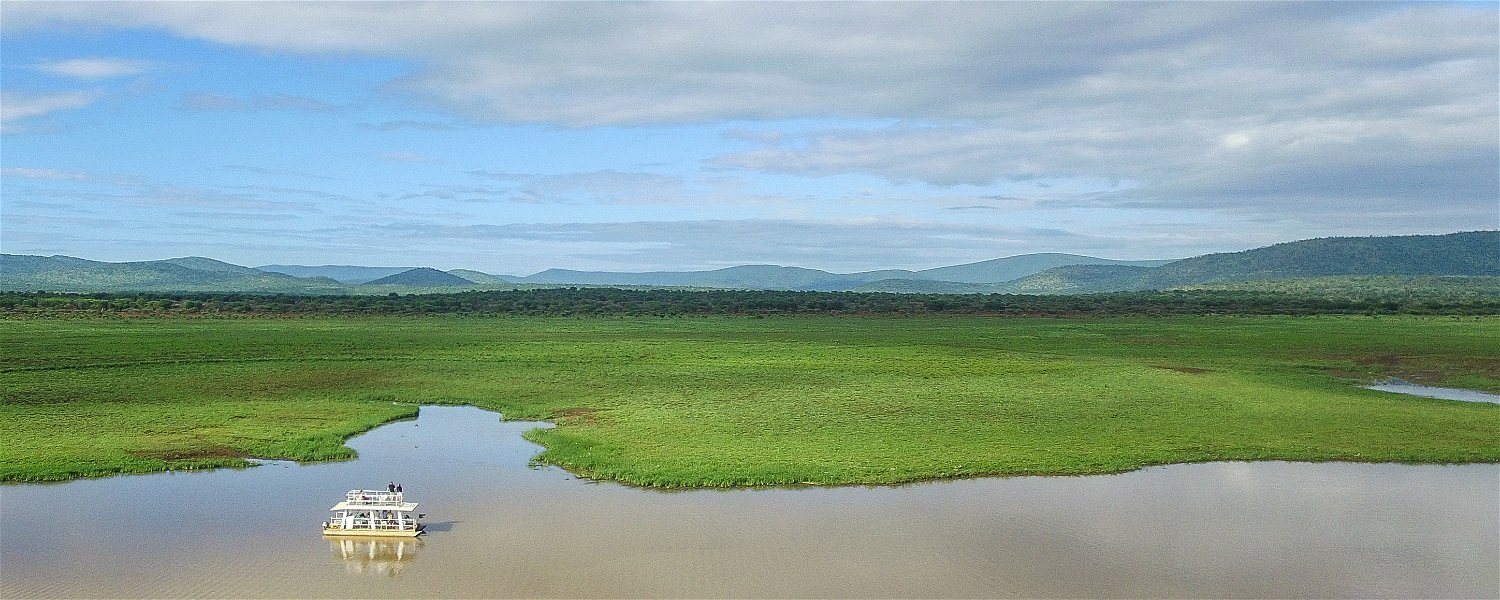
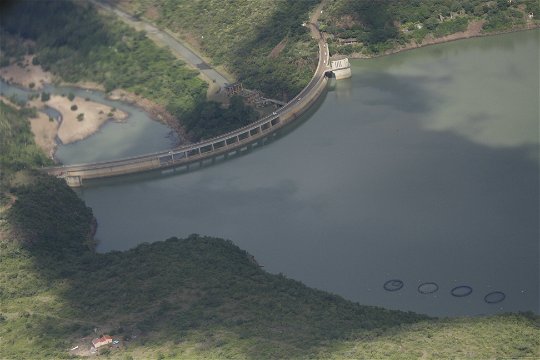
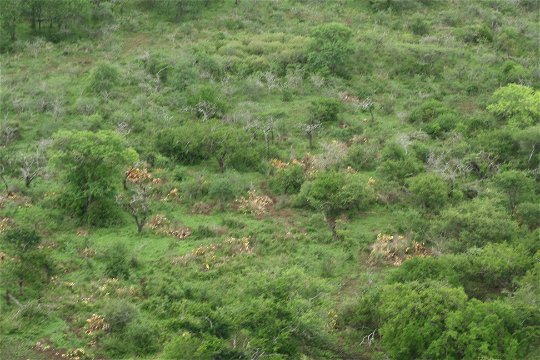


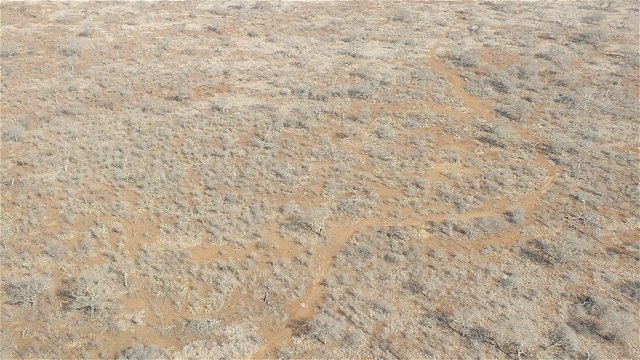

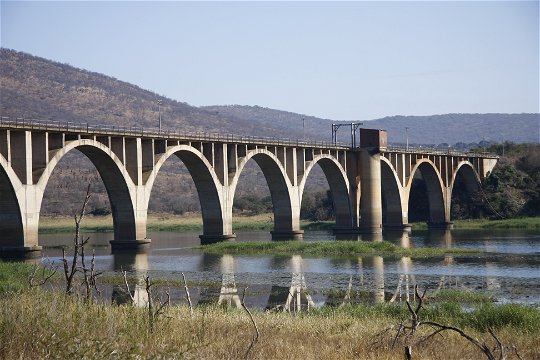
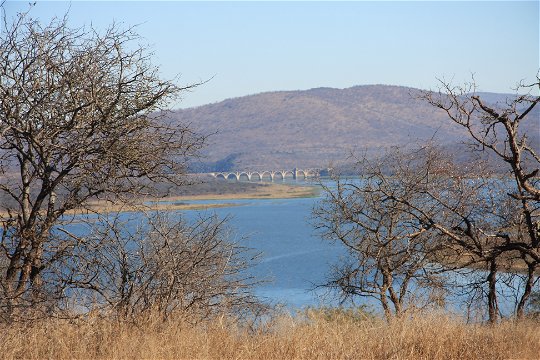
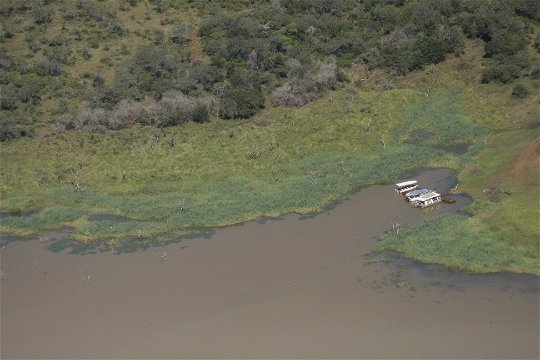

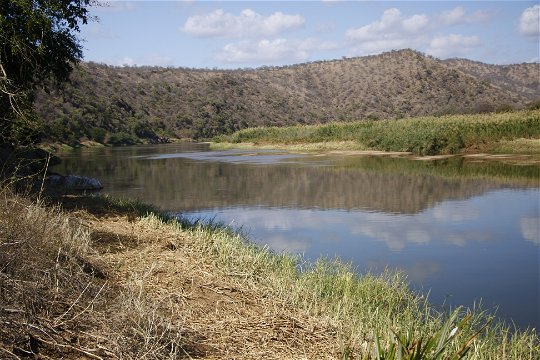
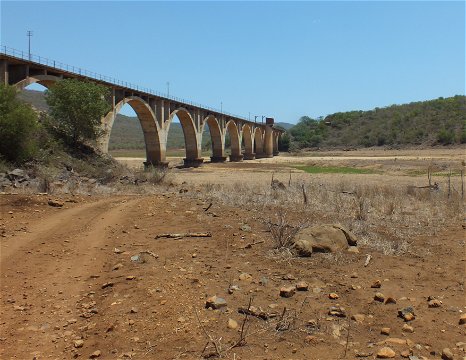



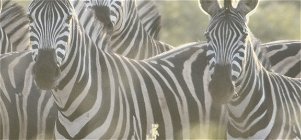
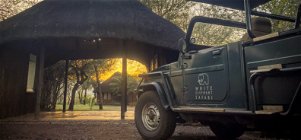
Share This Post